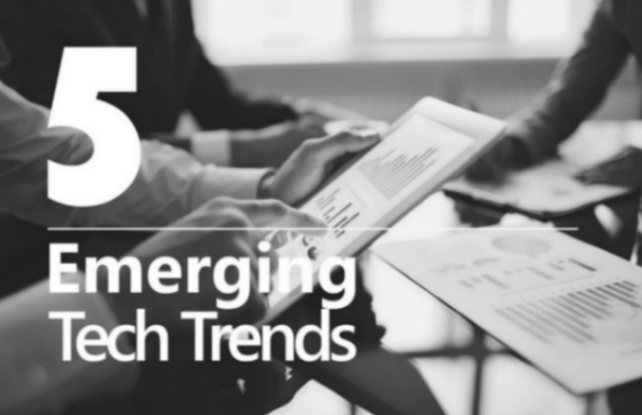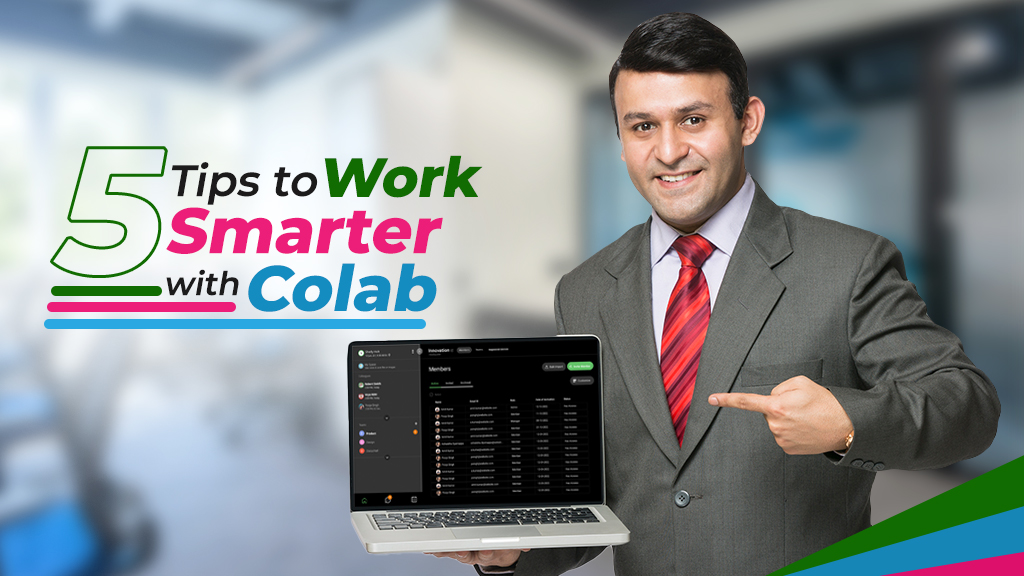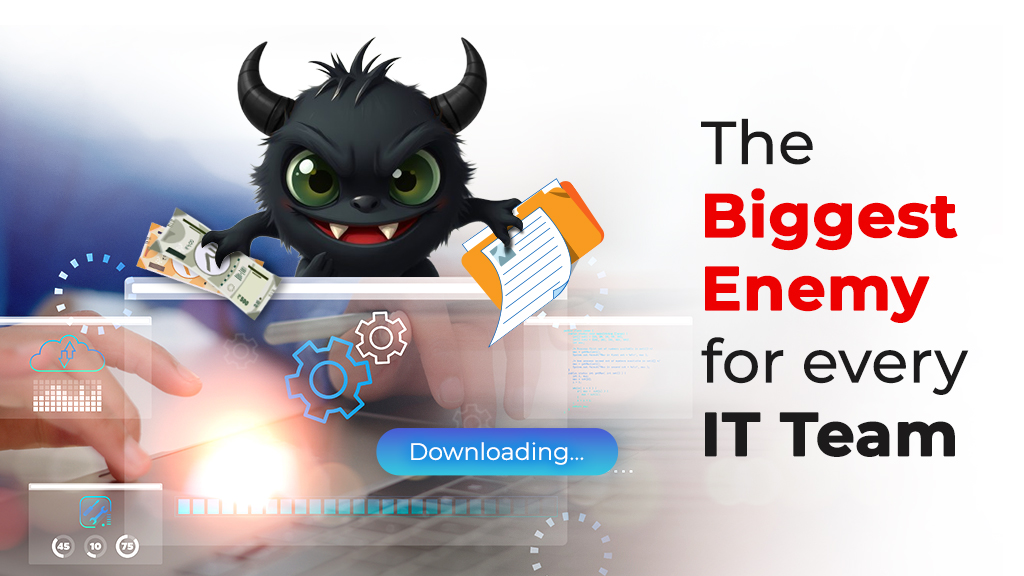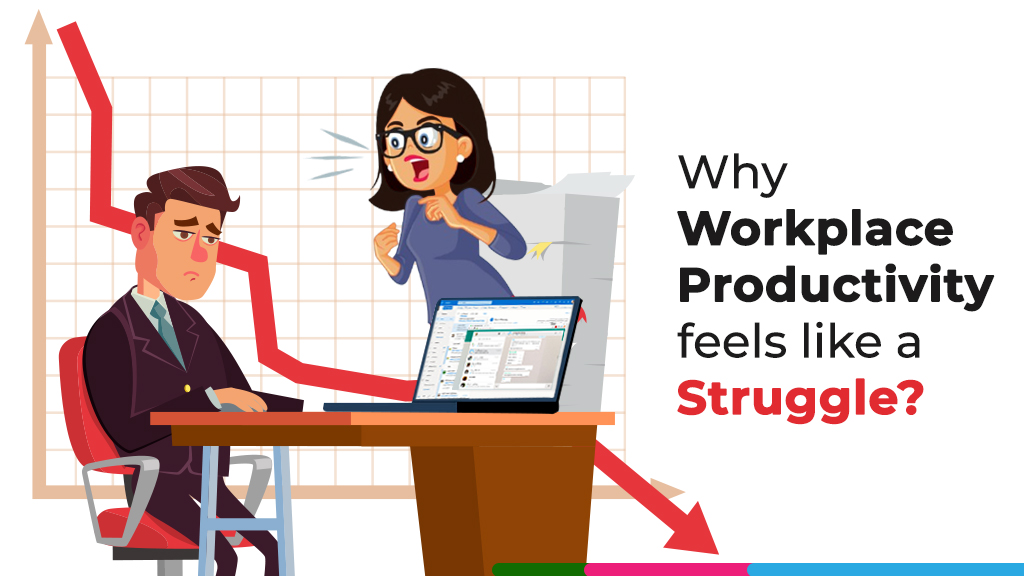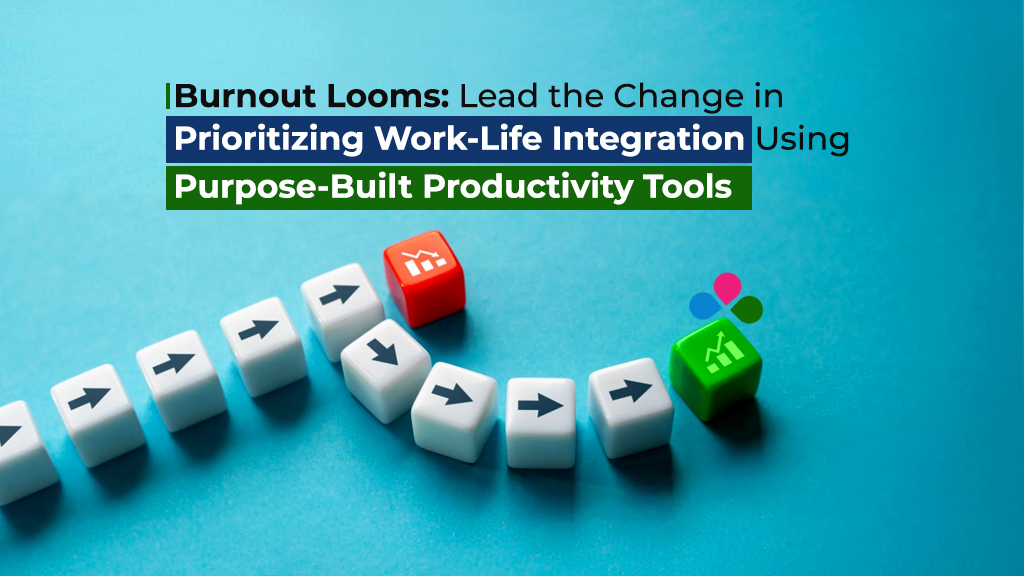Top 5 Tech Trends Empowering Employees and Revolutionizing HRToday, HR departments must go beyond merely checking the right boxes and maintaining the status quo. As a new generation of professionals disrupts workplaces across the world and groundbreaking collaboration models go mainstream, it’s important to question existing processes.
- Are job boards the ideal medium for attracting top talent?
- Can outmoded IT infrastructure handle ‘anytime, anywhere’ workloads?
- Is the pen-and-whiteboard approach to project management, a good fit for the digital workforce?
- And, can HR teams successfully win over the average millennial who’s always looking for greener pastures?
The answer lies in innovation coupled with pragmatic implementation – out-of-the-box ideas, that are geared for real-world outcomes. Even as solutions providers push the envelope, employers are forging strategic partnerships – with an eye on quantifiable results.
Every year, millennial turnover costs the US economy around $30.5 billion. Over 60% of this segment is open to changing positions at any given time, reporting low engagement levels, consistently. To turn this picture on its head, it’s essential to delve into core HR pain-points and identify emerging tools that could resolve them.
1. Remove hiring inefficiencies: Geofencing is key to a well-defined candidate pool
One of recruitment’s biggest challenges is cutting through the noise/clutter. With hundreds of applicants for every post, yet only a few actually suited for the role, recruiters face the problem of ‘too much and too little’ – at the same time. Geofencing combines GPS, individual data, and radio frequency information to push mobile notifications. The technology could be deployed for many use cases (traditionally a retail industry favorite), and it’s starting to find traction in the HR community.
Here’s how it works: the employer buys access to online profiles and information lists, and then sets up a ‘geofence’ in places frequented by candidates. On entering the area, a potential employee would receive an alert, immediately.
The essence of geofencing is to place the right job, in front of the right candidate, at just the right time. For job seekers, this translates into seamless yet targeted delivery, and a higher success rate.
2. Secure processes: Facial recognition prevents fraudulent activities for large, global workforces
Initially a consumer-facing technology, facial recognition is fast finding its way into business applications. Facial recognition could simplify any task that relies on authentication or individual approvals – payroll, for instance, demands high accuracy and security. Managers signing off on bonuses, reimbursement claims, or deductions have to be extremely precise, ensuring an almost ‘watertight’ pipeline.
A facial recognition check-in place would remove manual dependencies, as the technology validates identity and ratifies transactions automatically.
Another impact area could be attendance and leave management – systems are now migrating from legacy paper-based models, to biometric check-ins. The next leap would be facial recognition, where the system scans the employee’s face, recording attendance and validating access permissions at one go.
3. Engage employees: Voice bots aid in connectivity, responsiveness
Text-driven chatbots are a CRM essential: the cornerstone of customer engagement and online interaction management. HR chatbots bring the same sense of availability to workplace exchanges. Given current engagement metrics – only 33% workers feeling truly engaged – voice bots could prove to be invaluable in boosting morale and building communication pathways. The traditional chatbot is text-based – a round-the-clock HR extension that assists employees, sets reminders, provides information, and much more. This is particularly relevant for new hires, making it easier to navigate the waters after onboarding.
Translated to voice-triggered systems, these could become the ‘go-to’ platform in a number of scenarios – blue-collar workers handling machinery, for instance, or remote sales representatives, when driving.
4. Enable mobility: Advanced tech is a ‘must-have’ for the gig economy
Contemporary workforces are no longer limited to a consolidated team working from one location – contingent workers, third-party partnerships, and strategic/temp hires are critical to business outcomes. In addition, the preference for BYOD (bring your own device) makes mobile support vital for HR frameworks.
All systems, therefore, must embrace ‘mobility’ as an integral factor – talent acquisition, spend management, attendance, payroll, all reimagined for better UX (user experience), on the go. Automation, employee self-service portals, and AI platforms that predict user needs, intuitively, are all part of this revolution.
5. Revisit the foundations: Blockchain uses P2P networks to accelerate processes
Blockchain distributes functions among several computing nodes, mitigating dependencies on a single point and extending access to multiple data sources. Its most popular application is for cryptocurrencies such as Bitcoin or Ethereum.
Compensation in cryptocurrency format could help differentiate employers in a competitive landscape, its dynamic nature holding special appeal for millennial candidates.
Beyond payroll, the fundamental ‘decentralization’ methodology can be woven into a range of core HR tasks including applicant screening and digital contracts. Blockchain-based job portals, for example, could automate eligibility checks across disparate referrals, with near-zero manual intervention.
Making Change the New Normal and Technology, a Conduit for the ‘Good & the Profound’
The workplace is now more than an operational hub for next-gen employees, and HR teams must be equipped to enable, engage, and empower workers – ensuring businesses can achieve greater heights. What’s needed is a complete process rethink – pivoted on technology, intersecting organizational efficiency with a flexible work environment.
The latest breed of tech tools offer not just fresh ideas: they promise system efficiencies, happier employees, and a visible impact on the bottom-line. Defining a smart deployment plan that taps into best-fit solutions, is the obvious next step towards building a rich, rewarding, meaningful, and intelligent workplace.

